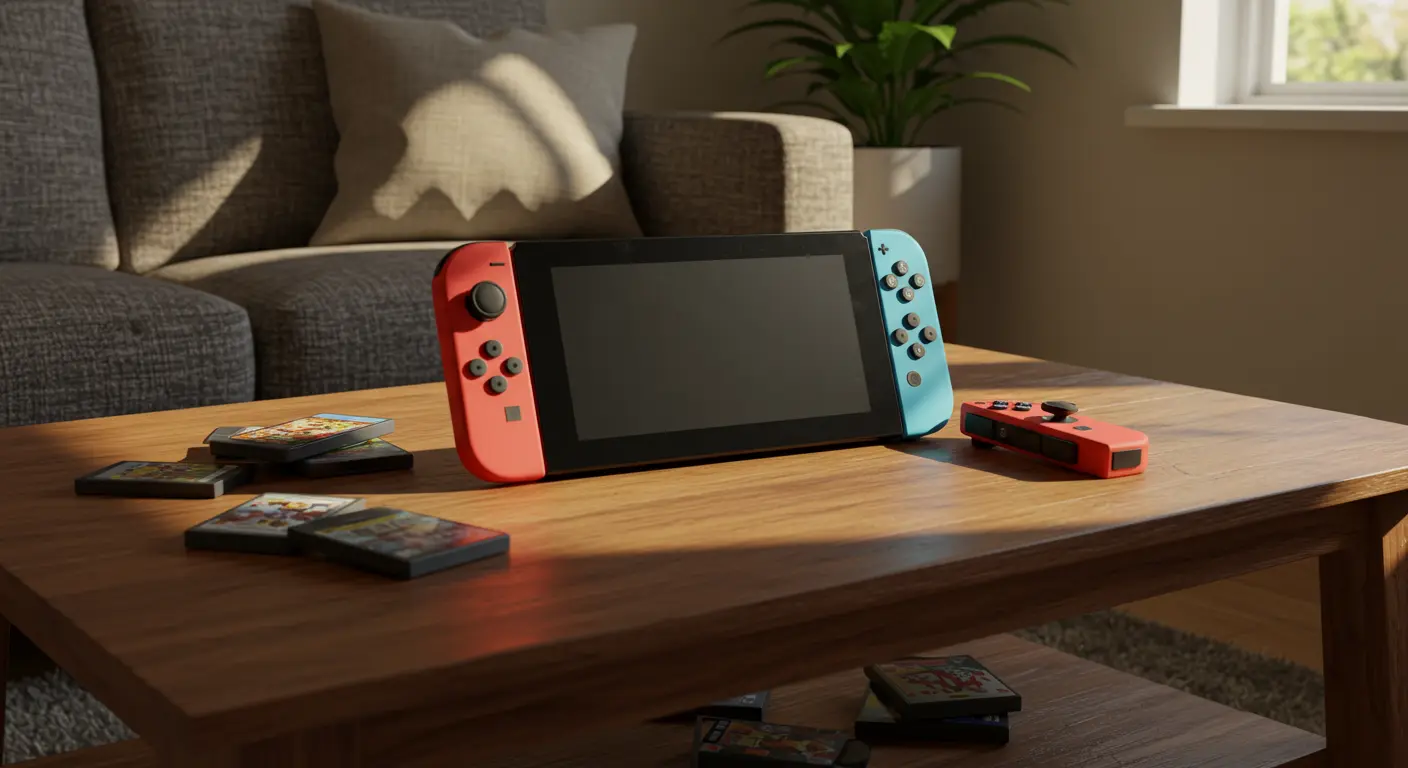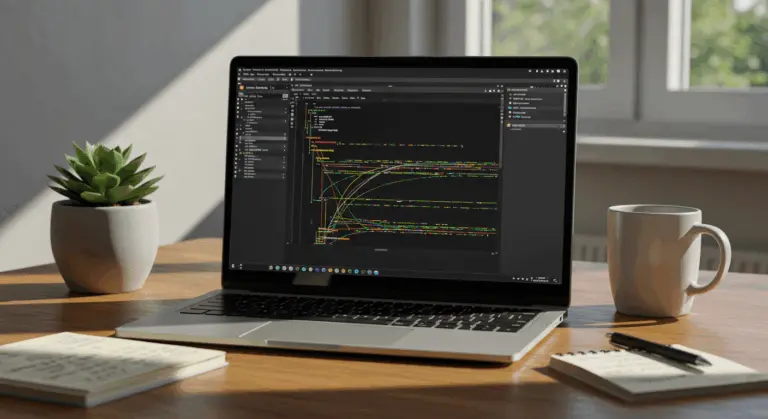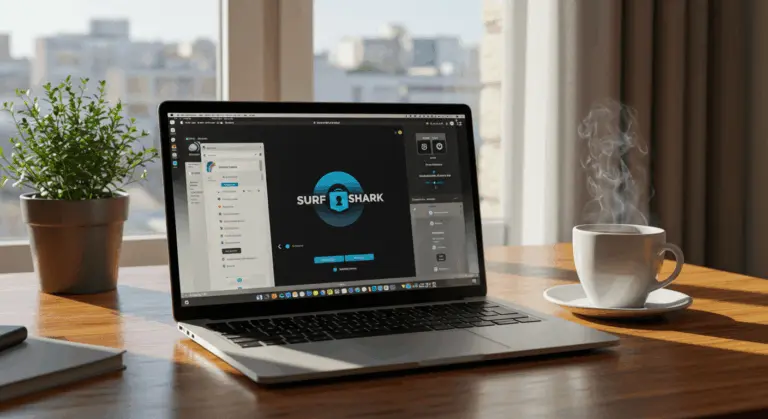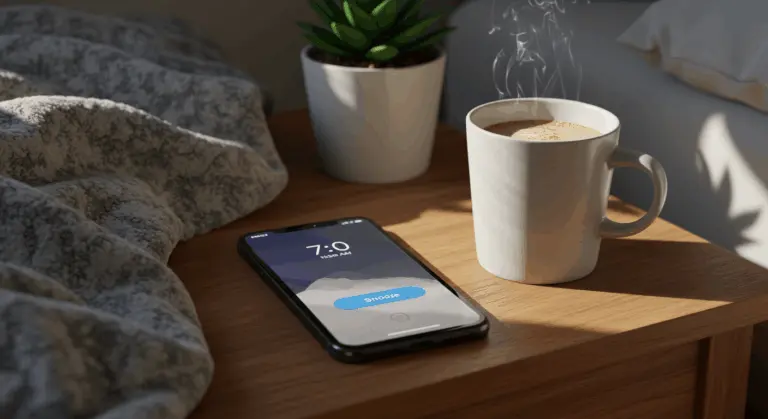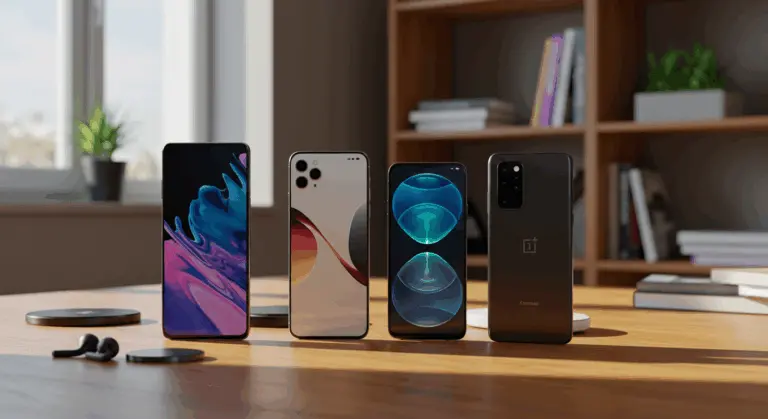Understanding Nintendo Switch Battery Life – A Comprehensive Guide
Battery Life Overview of Nintendo Switch Models
Since its 2017 debut, the Nintendo Switch family has undergone significant evolution, with each iteration delivering markedly different battery performance characteristics. Understanding these differences is essential when selecting the ideal console—particularly for those who prioritize extended portable gaming sessions.
| Model | Model Number | Serial Number Prefix | Approx. Battery Life |
|—|—|—|—|
| Original Nintendo Switch | HAC-001 | “XA” | 2.5–6.5 hours |
| Revised Nintendo Switch | HAC-001(-01) | “XK” | 4.5–9 hours |
| Nintendo Switch OLED | HEG-001 | N/A | 4.5–9 hours |
| Nintendo Switch Lite | HDH-001 | N/A | 3–7 hours |
These figures are estimates, not guarantees. Actual playtime varies considerably depending on the computational demands of your games, display brightness settings, and wireless connectivity usage.
Nintendo Switch Lite – Battery Performance Insights
Engineered exclusively for handheld gaming, the Switch Lite’s battery endurance depends on several factors that affect charging intervals.
Nintendo Switch OLED – Enhanced Battery Life
The OLED model stands out for its ability to sustain impressive battery longevity while driving a substantially larger, more vivid 7-inch display. This efficiency stems from processor optimizations rather than battery capacity increases, making it a reliable choice for marathon portable gaming sessions.
Switch 2 – What to Expect
Though Nintendo remains tight-lipped about the forthcoming Switch 2, early reports suggest a possible battery performance regression. Early estimates suggest approximately 2 to 6.5 hours per charge—eerily reminiscent of the original 2017 model’s limitations.
This expected drop in battery life shows the familiar trade-off between power and endurance. The Switch 2 reportedly includes a 5,220mAh lithium-ion battery, yet the substantially more powerful processing architecture and enhanced graphical capabilities will naturally use much more energy.
Charging duration should mirror current models, requiring roughly three hours for complete replenishment in sleep mode. This shorter battery life is an expected trade-off with more powerful hardware—where performance improvements naturally increase energy consumption.
Factors Affecting Battery Life on Nintendo Switch
-
Game Demands: Graphically intensive titles with complex physics and large open worlds draw significantly more power than simpler indie games or 2D titles.
-
System Settings: High screen brightness is a primary battery drain. Active Wi-Fi and Bluetooth connections for controllers or online play also increase power consumption.
-
Background Software: Suspended applications continue to use power. Regularly closing software you are not using can preserve battery life.
-
Battery Health: Like all lithium-ion batteries, the Switch’s battery degrades over time. Proper charging habits and periodic calibration can help maintain its health and ensure accurate readings.
-
Environmental Conditions: Using the Switch in extreme heat or cold can temporarily reduce battery efficiency and potentially cause long-term damage.
Gaming Demands – Impact on Battery Life
Your game selection significantly affects battery longevity. Resource-hungry titles featuring sophisticated engines and expansive open worlds—think The Legend of Zelda: Breath of the Wild—consume power quickly.
In stark contrast, lightweight indie games, classic 2D platformers, and retro titles sip power conservatively, enabling gameplay sessions that approach your console’s theoretical maximum battery life. This difference becomes important during extended travel or daily commutes where charging opportunities remain elusive.
Charging and Maintenance Tips for Your Switch
Following good charging and maintenance practices is important for maximizing your Switch’s battery longevity while ensuring reliable gaming performance.
For optimal battery health, resist the temptation to completely drain your battery or leave it perpetually plugged in at 100%. Instead, initiate charging when levels drop to approximately 20%—a sweet spot that preserves long-term battery integrity.
Planning extended storage? Target a 50% charge level rather than full or empty—this middle ground optimally preserves battery health during dormant periods.
Using External Battery Packs
External battery packs—commonly called power banks—are essential for extended portable gaming. They’re particularly useful during travel, lengthy commutes, or any scenario where wall outlets remain frustratingly out of reach.
-
Capacity: Choose at least 10,000mAh for approximately one full Switch charge, or 20,000mAh for multiple charges.
-
Compatibility: Ensure the power bank supports USB Power Delivery (PD) with at least an 18W output. This allows the Switch to charge while playing, rather than just slowing the drain.
-
Portability: Consider the size, weight, and features like built-in cables or integrated stands that fit your travel style.
-
Usage & Travel: Connect the power bank before the Switch battery is critically low. For air travel, check airline regulations, as most limit batteries to 100Wh (approx. 27,000mAh) in carry-on luggage.
Conclusion – Maximizing Your Nintendo Switch Battery Life
Understanding your console’s capabilities, adjusting system settings, following good battery care practices, and using external power solutions will dramatically extend your playtime while preserving your Switch’s battery vitality for countless gaming adventures ahead.

